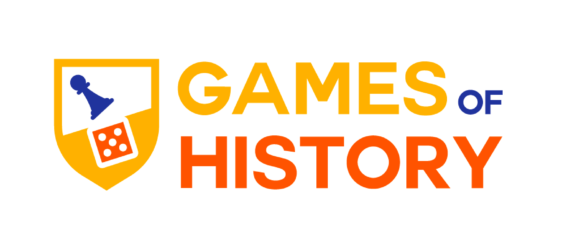Games and gaming have been related to social stratification in various periods. This stratification may be related to the gameplay (who has the right or not to play the game) but also to the game itself. A characteristic example is that of card decks and their four suits, which according to a thesis represent the four classes of medieval European societies: spades are supposed to represent the nobility; hearts, the clergy; diamonds, the merchants; and clubs, the peasants. Bridge and poker players will recognize this same hierarchical power of the suits in the games they play today.
There are also games that are related to specific social groups or strata. In various societies, the upper classes used games and gaming to distinct themselves from the rest of the population. In other cases, the opposite occurred, namely making games and gaming arenas for expressing distinction from the high or ruling classes, or opposition to them.
